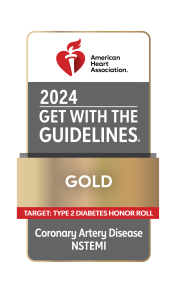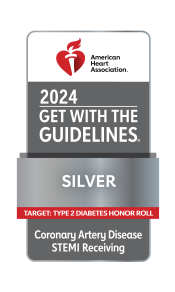Cardiac Catheterization
Heart Attack Treatment Through Cardiac Catheterization
Our cardiac catheterization lab diagnoses and treats heart conditions. Ratnaker Mukherjee, MD, the medical director of cardiac catheterization at the UM Baltimore Washington Medical Center, specializes in interventional cardiology.
Diagnostic Catheterization
Diagnostic cardiac catheterization involves placing catheters, hollow plastic tubes 2 to 3 mm in diameter, into veins and/or arteries in the leg or arm. The catheters move into the right and/or left sides of the heart. Once the catheters are in place, your physician measures your blood pressure and takes blood samples. Then a dye (radiographic contrast material) is injected into the blood vessels so that the heart and vessels can be seen on an X-ray visualization, called angiography.
This procedure takes a picture of the blood flowing through the arteries in your heart to help us determine if there are blockages in the arteries. Cardiac catheterization also allows us to see if the heart muscle is working well. Pressure measurements evaluate the function of the heart muscle and the heart valves. This information will determine the best way to treat your heart condition.
Treatment
If a blockage is found, it can often be fixed using angioplasty (balloon) or by placing a stent in the artery to help prevent the blockage from recurring.
Contact Us
To schedule an appointment or for more information, please call 410-768-0919 or 410-760-5100.
- Testing is available Monday–Friday.




